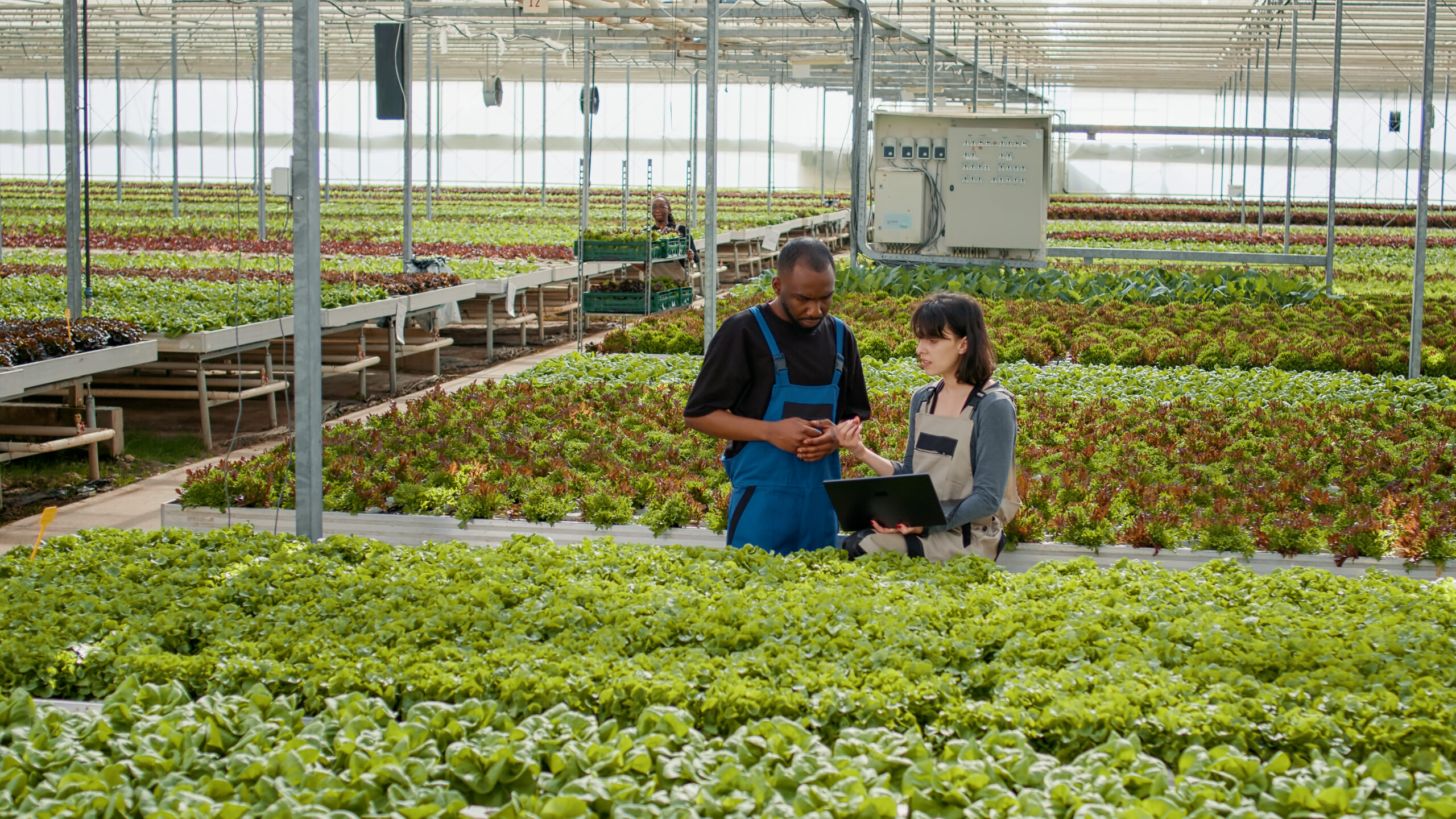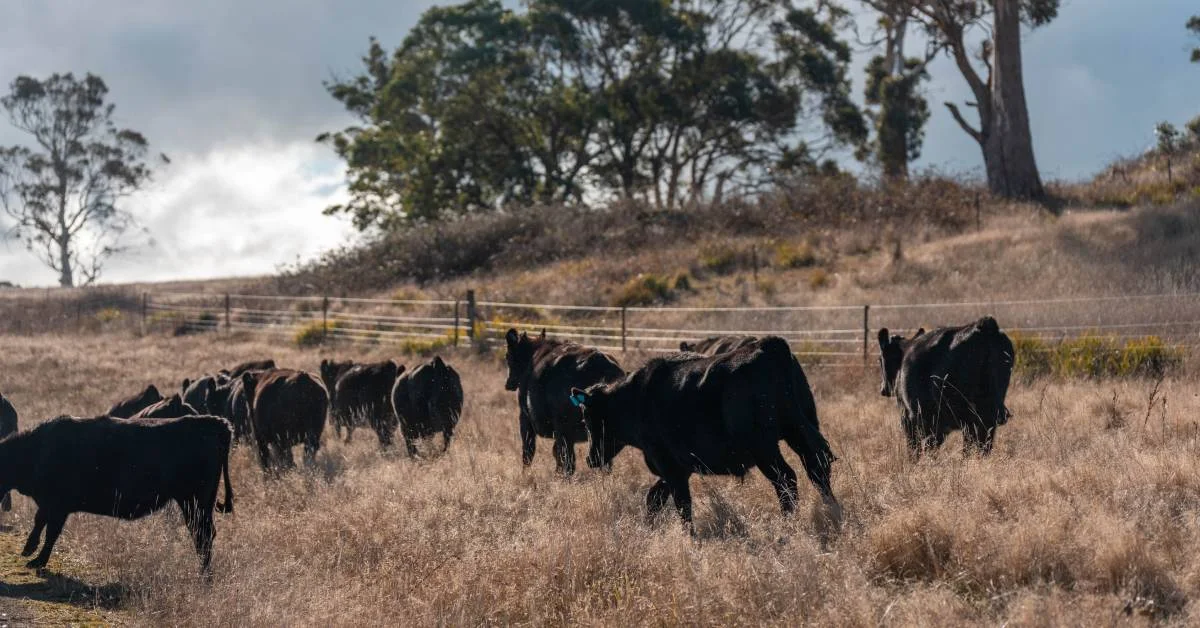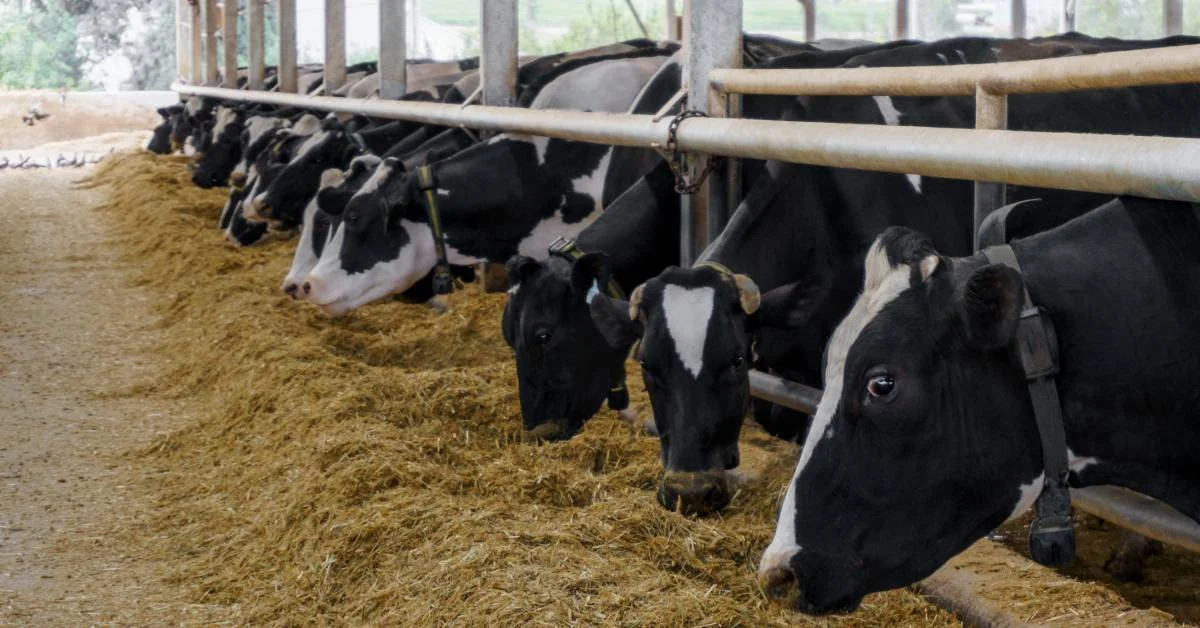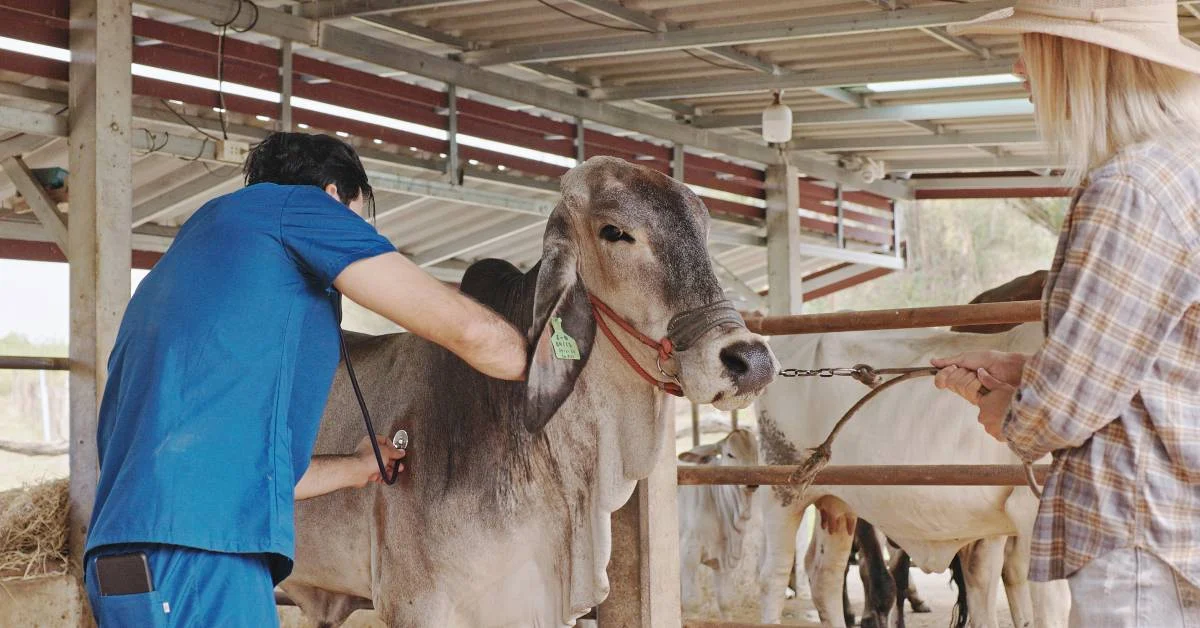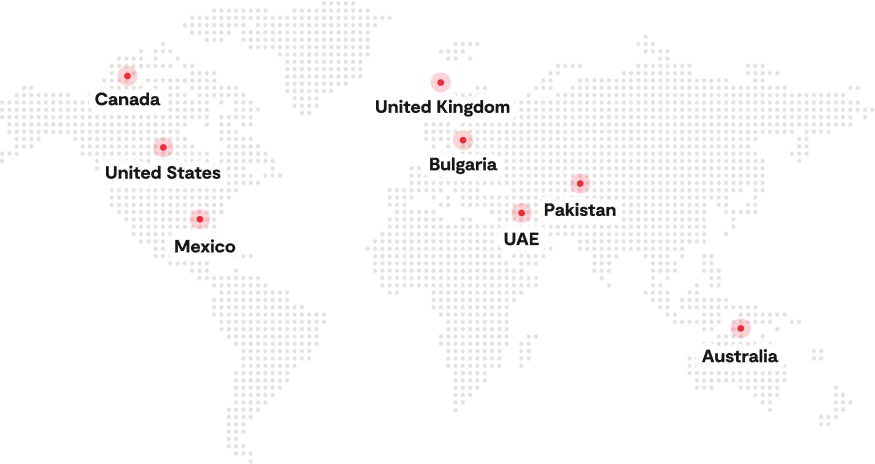Why Greenhouses Are Surging in Modern Agriculture?
Growers today are under pressure to deliver uniform, high-quality crops in environments that are anything but consistent. Between unstable weather patterns, tighter buyer specifications, and rising input costs, the open field is no longer the most reliable place to produce food at scale.
That reality is driving measurable investment in protected agriculture. The U.S. greenhouse market reached $2.9 billion in 2023, with projected annual growth of 8.8% through 2030. This isn’t just about expanding acreage under plastic or glass; it reflects a shift in how commercial farms plan for efficiency, resilience, and control.
But not all greenhouses are created equal. The growers seeing real returns are those using greenhouses not just as shelters, but as structured environments for precise, repeatable production. This blog breaks down the real benefits of a greenhouse, from climate control to crop scheduling, and how they translate into better margins, less risk, and a more resilient farming model.
What Is a Greenhouse in 2025 and Why It Delivers More Than Shelter
Greenhouses in 2025 are no longer basic coverings meant to block frost. They’ve evolved into full-scale production systems, engineered for control, precision, and consistency. And when designed right, the benefits of a greenhouse go well beyond protection from the weather.
Greenhouse Types Built for Different Operations
Depending on your scale and crops, greenhouse structures can vary, but the underlying goal is the same: maximize environmental control and production efficiency. Common formats include:
- Tunnel houses: Fast to build and widely used for vegetables and herbs
- Polycarbonate greenhouses: Cost-effective and energy efficient for multi-crop systems
- Glass greenhouses: High capital, high return, used for uniform, export-grade produce.
- Hydroponic & vertical greenhouses: Purpose-built for dense, resource-efficient production
Each structure can be optimized to deliver the core benefits of a greenhouse: yield consistency, crop uniformity, and reduced loss from external threats. Growers should have a better understanding of what greenhouse farming involves, how systems differ from conventional setups, both in design and in practice, and understand the structure types, advantages, and use cases.
What Makes Greenhouses Work
Modern greenhouses enable growers to manage a highly specific microclimate, providing crops with exactly what they need, when they need it. That includes:
- Temperature – controls germination, growth rate, and flowering consistency
- Humidity – affects transpiration rates, disease pressure, and crop quality
- CO₂ levels – Improves photosynthesis and biomass accumulation
- Vapor Pressure Deficit (VPD) – essential for regulating plant transpiration, nutrient uptake, and internal moisture balance
These variables work together to reduce stress, improve uniformity, and lower crop loss. Without this level of control, the benefits of a greenhouse are limited. With it, growers can outperform open-field systems in nearly every key metric, including yield, predictability, and efficiency.
Control That Delivers the ROI
The real return comes from the systems you build inside the structure. Smart monitoring, automated fertigation, and zone-specific climate control don’t just improve control; they directly impact yield consistency, reduce water and nutrient waste, and minimize crop loss. These are the operational benefits of a greenhouse that compound over time, especially in large-scale or multi-zone production.
Strategic Benefits of a Greenhouse in Modern Farming
Greenhouses are no longer supplemental; they are controlled production systems that enable reliable yields, predictable inputs, and premium-grade crops. For growers managing retail contracts, export volumes, or year-round fulfillment, the benefits of a greenhouse go beyond protection. They transform farming into a repeatable process.
1. Grow Year-Round Without Seasonal Dependence
In open-field systems, planting and harvesting depend on climate windows. In greenhouse systems, the environment is engineered.
- Growers can stack production cycles without seasonal breaks, even in regions with extreme summer heat or winter frost.
- That’s not just about more crops, it’s about operational reliability, allowing better planning for labor, logistics, and market commitments.
If you’re running a high-turnover crop like lettuce, basil, or gerbera, this is one of the most fundamental greenhouse benefits, ensuring continuous revenue, not seasonal spikes.
2. Control VPD, CO₂, Humidity, and Temperature
Modern greenhouses are built to manage climate at the zone level. That means temperature, humidity, CO₂, light intensity, and vapor pressure deficit (VPD) are not just observed, they’re actively controlled.
- Better control over VPD directly improves nutrient uptake, transpiration balance, and stress resilience.
- Managing CO₂ levels can increase photosynthetic efficiency, especially in crops with long vegetative cycles.
This ability to engineer the greenhouse environmental profile leads to more uniform crops, fewer physiological disorders, and fewer inputs wasted on damage control. Growers follow the detailed greenhouse integrations and monitoring best practices.
3. Reduce Water and Fertilizer Waste
The benefits of a greenhouse become very real when input costs drop. Automated fertigation and irrigation systems reduce over-application and eliminate guesswork.
- Moisture sensors drive irrigation frequency based on actual evapotranspiration, not routine.
- Nutrients are dosed by crop stage and environmental load, not by calendar or habit.
This not only preserves resources but also limits runoff, aligns with compliance frameworks, and reduces disease pressure from overwatering or leaching.
4. Lower Pest and Disease Pressure
Greenhouse structures act as first-line biological barriers, keeping out insects, spores, and airborne contaminants.
- Pests like thrips and whiteflies are easier to exclude via screening, and infestations can be confined to small zones.
- With controlled airflow and no surface runoff, the greenhouse also minimizes pathogen spread between beds or hydroponic systems.
These greenhouse environmental advantages reduce chemical inputs, support IPM strategies, and make it easier to pass residue testing for organic or export certification.
5. Improve Crop Uniformity and Market Quality
For growers supplying retailers or bulk processors, the real pressure is not yield, it’s consistency. Size grading, packaging specs, and visual quality affect price and rejection rates.
- Greenhouses help synchronize growth rates across plant populations, even across double-stacked or staggered plantings.
- Crop maturity can be manipulated using light hours, humidity shifts, and EC adjustments.
This is where the benefits of a greenhouse align directly with buyer expectations and contract fulfillment, especially for crops like peppers, strawberries, or herbs.
6. Use Digital Tools to Manage and Scale Operations
Greenhouses offer the standardization required for software systems to be effective. You can track yield per zone, execute controlled environment farming, monitor task completion and deviations, and connect that data to output metrics.
- Zone-level tracking becomes possible because the environment is controllable.
- Central teams can coordinate production across facilities using digital dashboards, without visiting every block in person.
While many software platforms exist, evaluating tools built specifically for high-frequency, protected growing operations is key, such as those developed by Folio3 AgTech that are purpose-built for commercial greenhouse workflows.
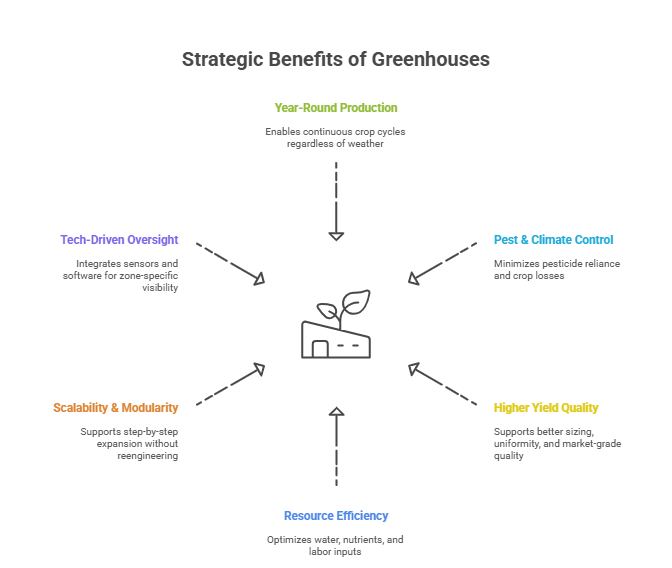
Addressing Common Misconceptions About Greenhouse Farming
While greenhouse production has moved into mainstream agriculture, a few persistent misconceptions still prevent serious growers from exploring its full potential. Below are three common objections and why they no longer hold up in today’s operating environment.
Despite strong performance outcomes across crops and geographies, many producers hesitate to adopt greenhouse systems due to legacy assumptions about cost, complexity, and crop fit. These misconceptions often cloud the real, proven benefits of a greenhouse, especially when designed for commercial scale and managed with precision. Understanding what a greenhouse can deliver and how it can be integrated into an existing operation is critical for unlocking its full value.
“Greenhouses Are Too Expensive”
Initial build costs can seem high, especially for glass or polycarbonate systems with integrated automation. But the investment equation is rarely about the frame alone, it’s about what the system enables across the year.
- The return on investment isn’t tied to a single harvest; it’s based on multiple crop cycles, higher price points per unit, reduced waste, and labor efficiency.
- Growers moving to year-round production typically shorten payback periods to 2–4 years, depending on crop type and infrastructure choice.
The benefits of a greenhouse become clear when you evaluate cost per kilogram delivered, not cost per acre installed.
“Greenhouses Are Only for Vegetables”
While leafy greens, tomatoes, and cucumbers are commonly grown in greenhouses, the format is far more flexible than it’s given credit for.
- Berries (like raspberries and strawberries) benefit from pest exclusion, humidity control, and better color development.
- Herbs thrive under stable day/night temperatures and minimal water stress.
- Cut flowers and nursery crops demand climate control for uniform growth stages and bloom scheduling, making greenhouses ideal for maximizing quality and timing.
In short, greenhouses support any crop where uniformity, precision, and premium quality create commercial value, not just vegetables.
“Low-Tech Greenhouses Can’t Scale”
Many growers assume that unless they invest in a fully automated glasshouse from day one, they can’t scale. That’s not accurate.
- Tunnel and poly structures can be upgraded incrementally, starting with climate screens, moving to zoned fertigation, then adding basic environmental controls.
- Modular systems allow multi-acre operations to scale horizontally, spreading investment while maintaining control.
- Growers in North America, South Asia, and Latin America are expanding across 10–30 acres with mobile infrastructure, local fabrication, and phased tech adoption.
How Smart Tech Multiplies Greenhouse ROI
A well-built greenhouse can stabilize your growing conditions, but it’s smart systems that stabilize your margins. As growers scale beyond a few tunnels or zones, managing inputs, labor, crop schedules, and compliance manually becomes both time-consuming and error-prone. That’s where technology creates leverage, not by replacing agronomy, but by making it measurable and repeatable.
At its core, greenhouse technology multiplies ROI by converting environmental consistency into operational visibility. It lets you answer questions that matter:
- Which zones are underperforming and why?
- How do EC, VPD, or humidity fluctuations correlate with quality drops?
- Are we overwatering based on actual root uptake?
- What’s our average yield per unit input, by crop and season?
When you run these systems at commercial scale, gut feel isn’t enough. You need structured data that links climate events to production outcomes, across multiple beds, crops, or facilities. And that’s when the benefits of a greenhouse really become measurable, not just in climate control, but in decision-making efficiency.
That’s where Folio3’s greenhouse management software comes in. It’s not a generic farm log or task tracker. It’s built for the needs of protected, high-frequency environments, designed to:
- Monitor environmental trends and alert teams when thresholds are breached
- Track harvests by zone, cycle, or batch
- Manage fertigation schedules tied to actual crop stages
- Assign and confirm completion of zone-specific tasks (e.g., pruning, spraying, inspection)
- Centralize data across multiple growing areas so teams can work from shared visibility
By capturing key indicators across cycles and tying them to outcomes, these systems extend the benefits of a greenhouse far beyond physical infrastructure. They allow teams to act faster, reduce input waste, and scale with control, not complexity.
For growers managing 1 acre or 100, this kind of visibility becomes the difference between surviving with structure and scaling with strategy.
Conclusion
For growers thinking beyond the next season, a greenhouse is a shift in how production is planned and controlled. It’s a move from reacting to the environment to designing it.
The benefits of a greenhouse are real, but only when matched with the right systems: environmental consistency, labor coordination, input precision, and data to guide decisions. That’s when the return shows up, not just in yield, but in reduced waste, tighter schedules, and fewer missed opportunities.
If you’re building for scale or trying to bring more stability into your operation, don’t look at greenhouses as a shelter; look at them as the foundation for a more intentional way to grow. The benefits of a greenhouse aren’t automatic, but they’re fully achievable for those who design for them.
FAQs
How do I know if my farm is ready for greenhouse investment?
If you’re dealing with crop loss, seasonal gaps, or inconsistent quality, your farm may be ready. The benefits of a greenhouse are most impactful when your operation needs tighter control over climate, inputs, and harvest timing, especially for high-value or contract crops.
Can greenhouses work in extreme climates?
Yes. With the right structure and systems, greenhouses perform well in heat, cold, wind, and humidity. One of the key benefits of a greenhouse is the ability to maintain crop stability where open fields fail, using cooling, insulation, or airflow control tailored to local conditions.
What’s the ROI timeline on a tech-enabled greenhouse?
Most farms see ROI within 2–4 years, depending on crop type, automation, and management. Tech-enabled systems speed up returns by improving consistency, reducing input waste, and unlocking year-round output, extending the long-term benefits of a greenhouse beyond just yield.

